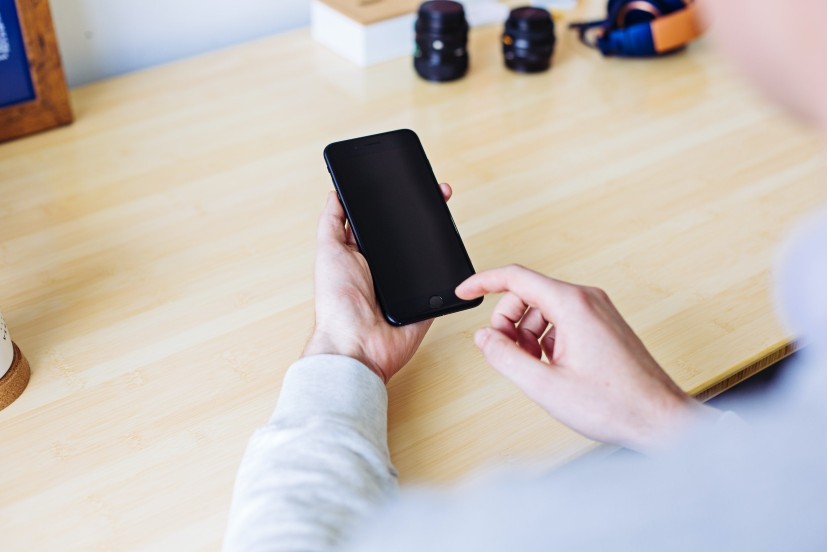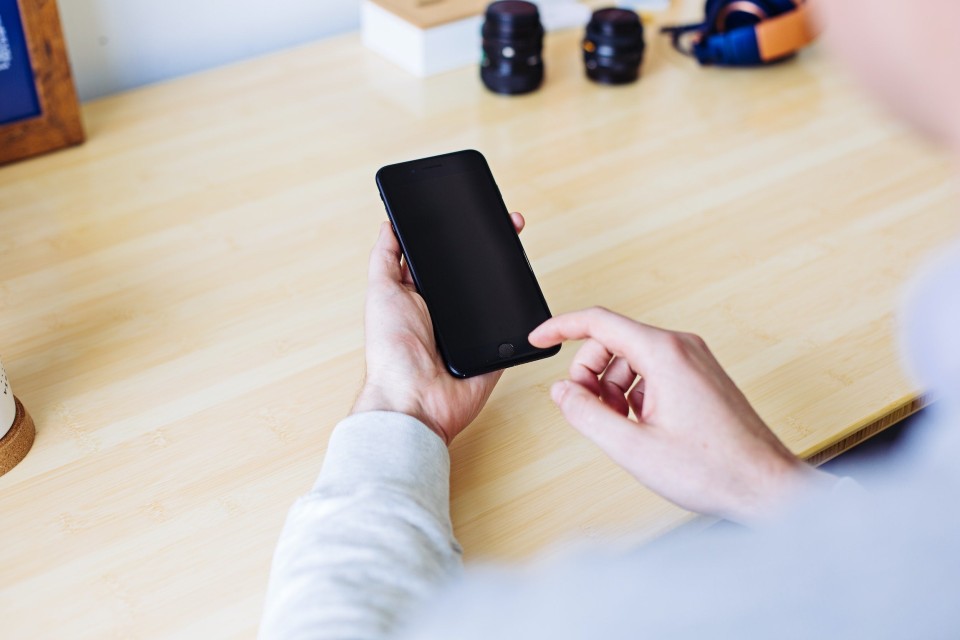The cell phone is one of the most used electronic devices on a daily basis. Find out how to clean and disinfect it in this step-by-step guide.
The Covid-19 pandemic has taught us to take several precautions to protect ourselves and those around us. Maintaining a safe distance from other people, wearing a mask, opting for open and airy spaces or frequently washing your hands are some of the most relevant guidelines that health professionals have always tried to emphasize.
Currently, although the pandemic is under control, there are still certain precautions that we must maintain. It is still important, for example, to clean frequently touched surfaces, such as your car keys, watch or cell phone. Bacteria, viruses and other pathogens can survive on surfaces for several days, which is why it is necessary to clean and disinfect the equipment we use daily.
In this guide we will explain how to disinfect and remove dirt from your cell phone, without damaging the device. In addition to being a good hygiene practice, it is recommended that you do this if you want to photograph it for future sale.
Before you start cleaning the device, we suggest that you check the products that you should not use: ethyl alcohol, bleach, water or other liquids should not be used in the process. Nor do towels and absorbent paper. You should also be aware that it is not necessary to use too much force when cleaning and disinfecting your cell phone, that is, try to clean it as gently as possible. We also advise that you keep the equipment turned off and without any cable connected.
Now let's get started!
Wash and disinfect your hands

Washing your hands should always be the first step before touching any material used to clean the device. Make sure you don't contaminate them and try to follow the DGS recommendations on the most appropriate method for washing your hands.
Remove the phone case
If your cell phone has a protective cover, it is important that you remove it. Like a cell phone, the cover also accumulates bacteria and germs, making it necessary to clean it. Below we explain how.
Clean the cell phone with isopropyl alcohol and a microfiber cloth
Apply isopropyl alcohol to a microfiber cloth (never directly on the device) and then, using gentle movements, clean the screen, back and sides of the phone. Always make sure that the cloth does not absorb too much alcohol and avoid rubbing it over the microphone and cell phone speakers.
If you don't have isopropyl alcohol or a microfiber cloth at home, you can easily purchase them at a supermarket or appliance store.
Clean the case while letting the phone dry
Now that your phone is clean and disinfected, place it to dry and move on to the cover. You can clean it with soap and water, as most are made of silicone or hard plastic. It is important that you clean it well, especially in the rounded corners. Then, use a soft cloth to clean it, instead of a towel or paper that could leave residue. If the material of your cell phone cover is leather or leather, pay attention to the liquids chosen for cleaning.
Finally, let the cover dry very well before putting it back on the phone.
Wash and disinfect your hands again
The last step could not fail to be the same as the first. Wash your hands again before touching your cell phone. There is no point in cleaning it if you immediately contaminate it with bacteria and germs.
Remember that hygiene habits are very important and can contribute positively to your health and that of those around you. However, we do not recommend cleaning your cell phone daily as this could damage the device. The cleaning routine may vary depending on the user, but we recommend that cleaning be done weekly or fortnightly.
Take the opportunity now to handle your cell phone, with the certainty that it is clean and disinfected!








